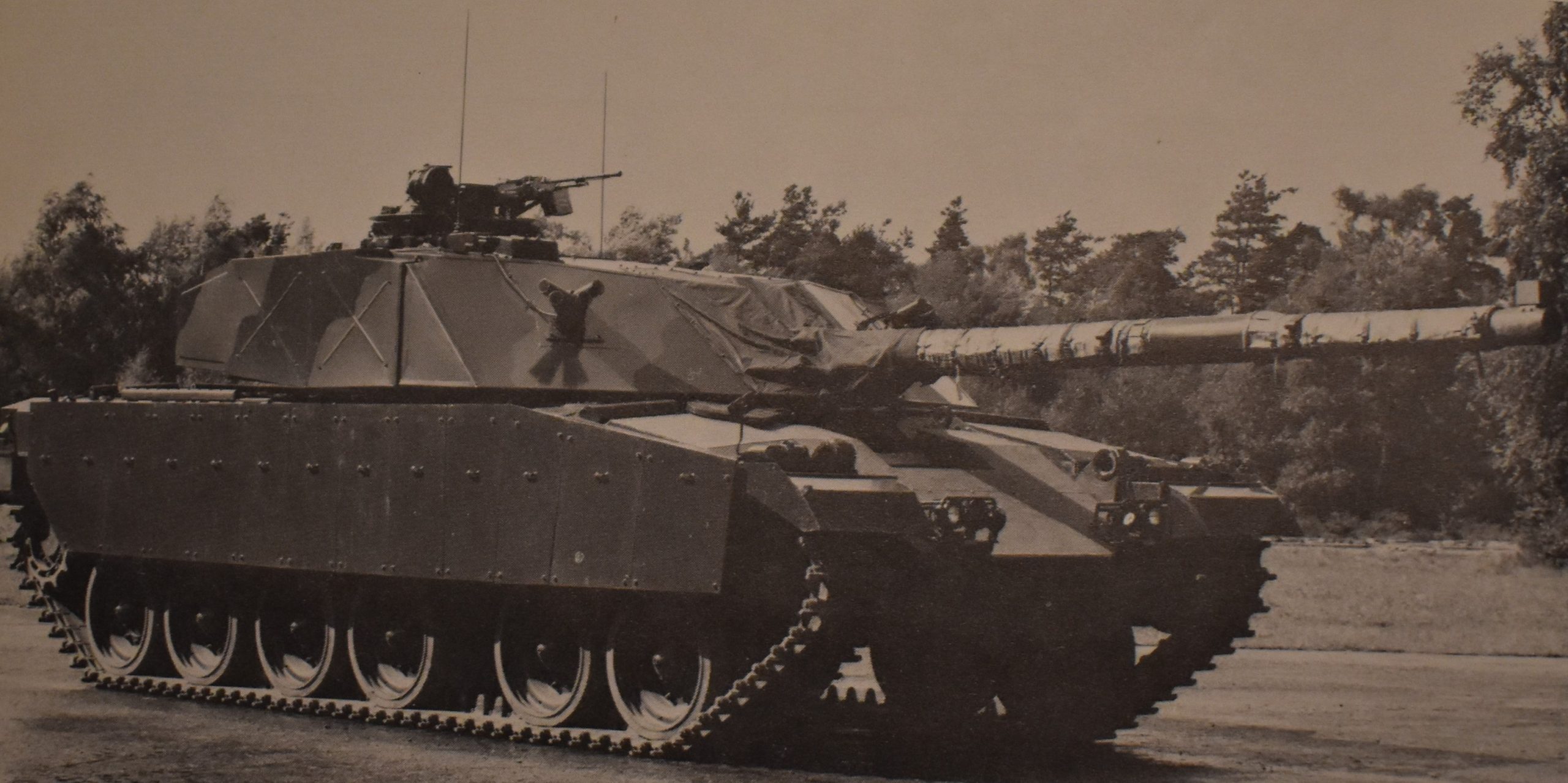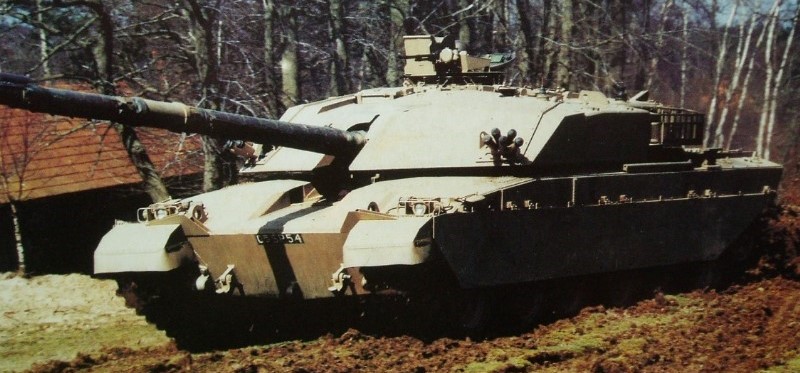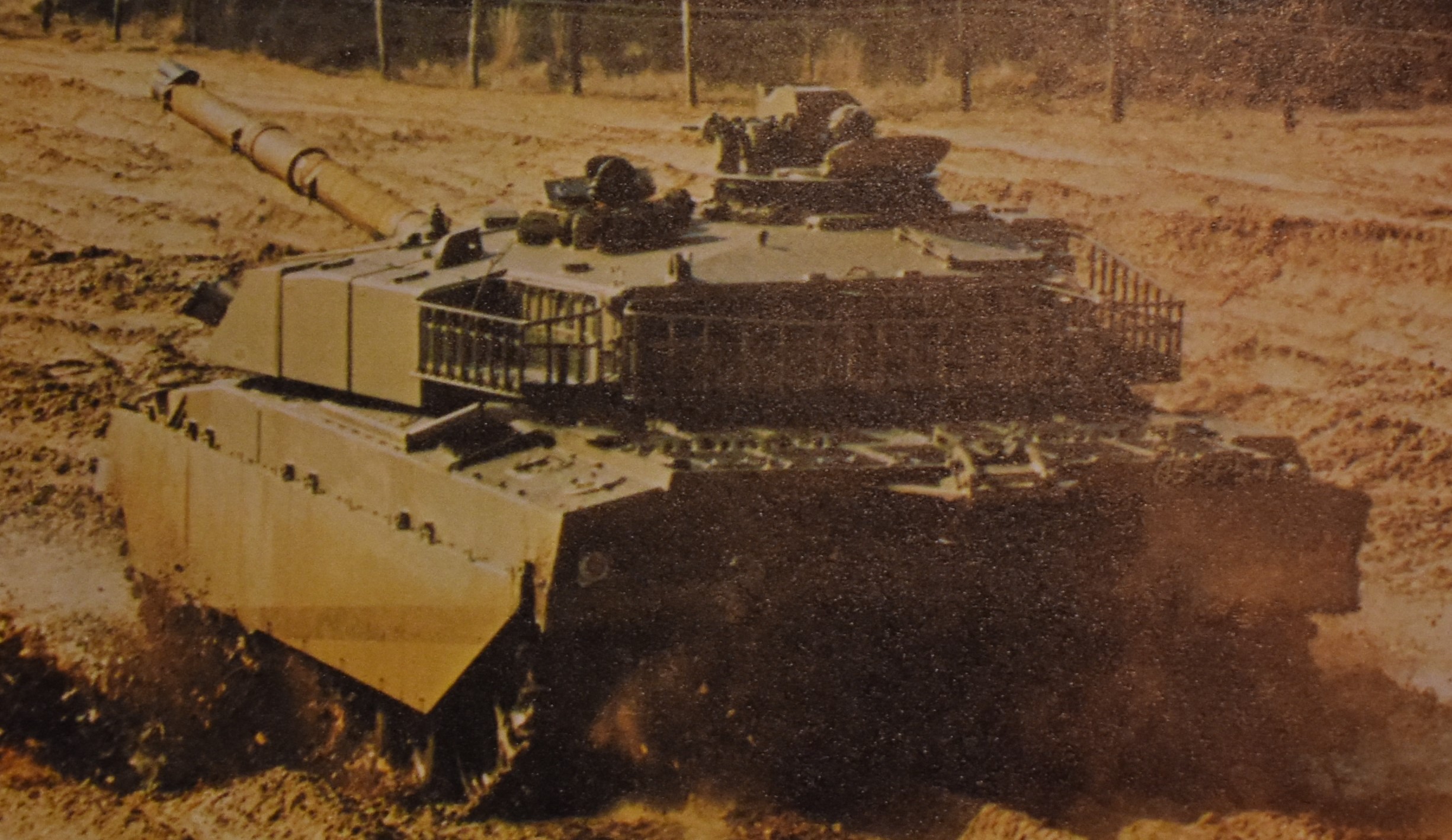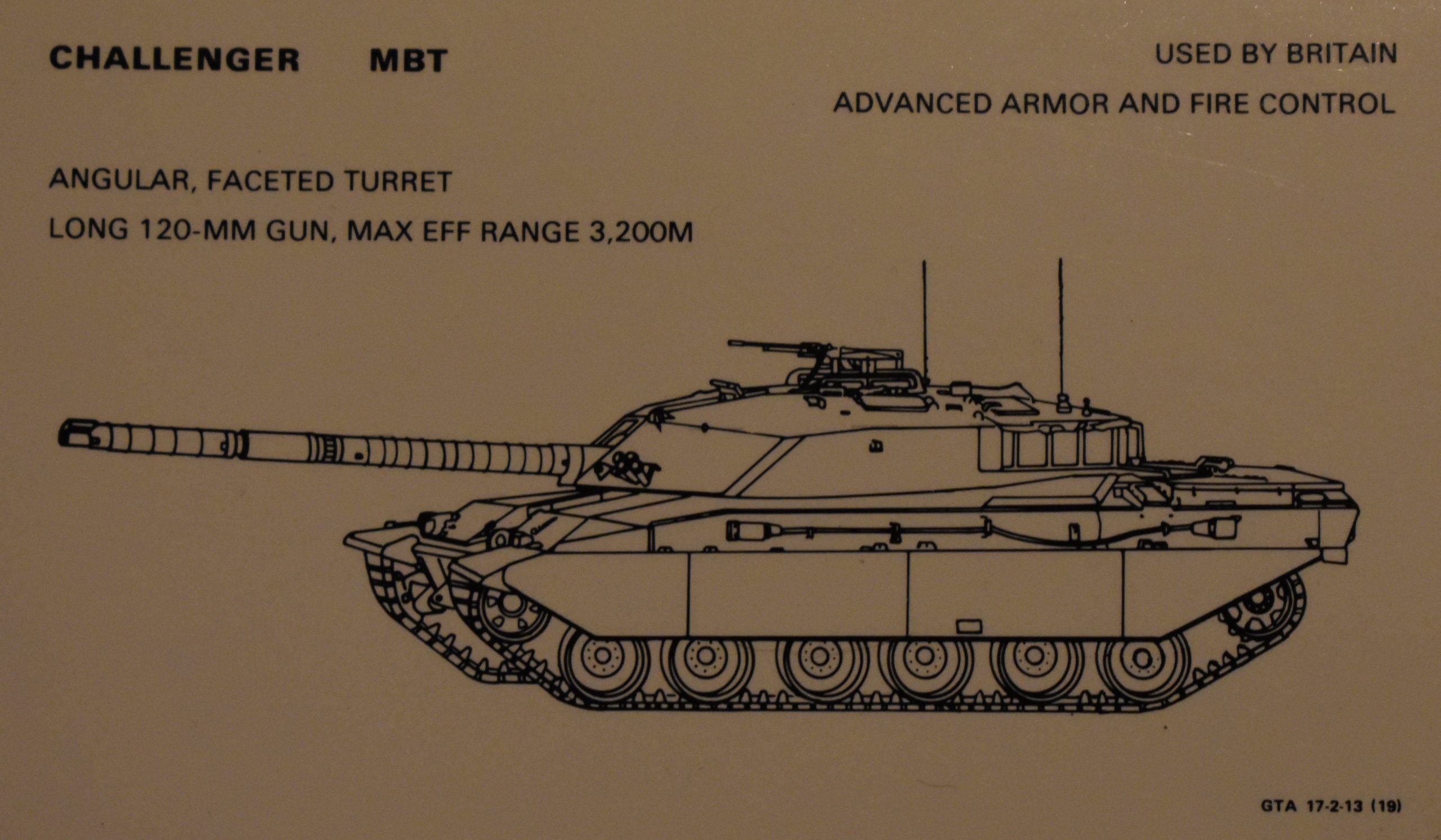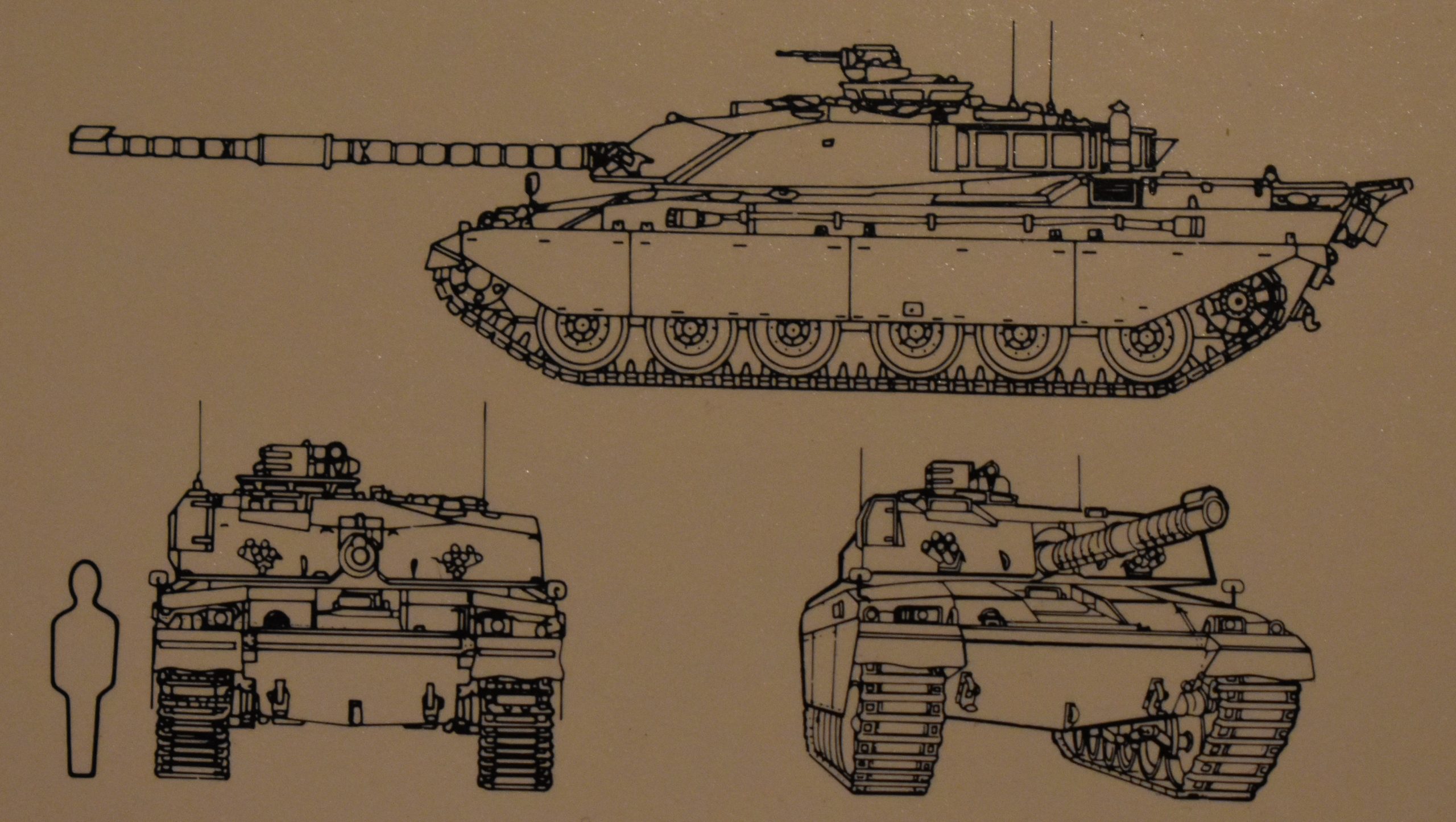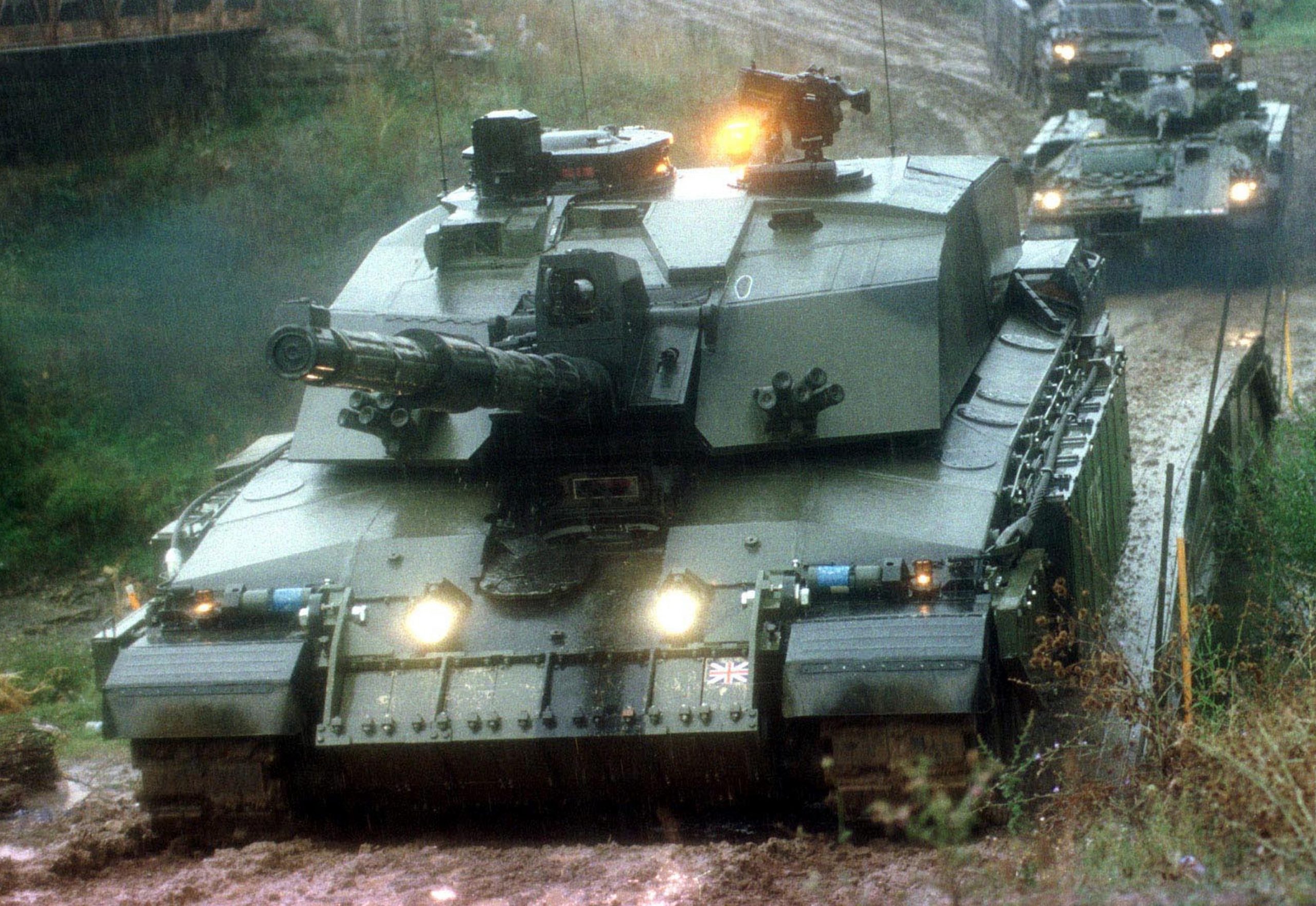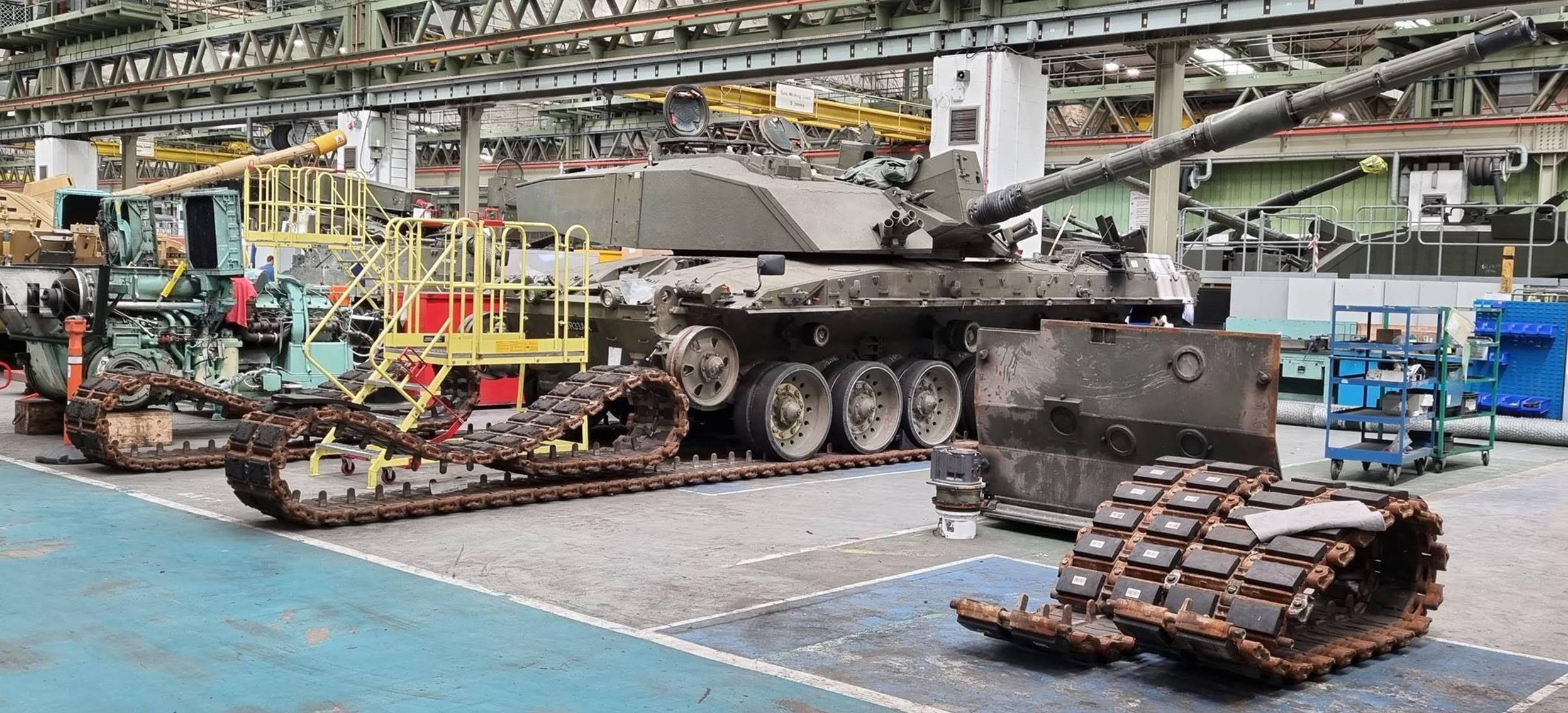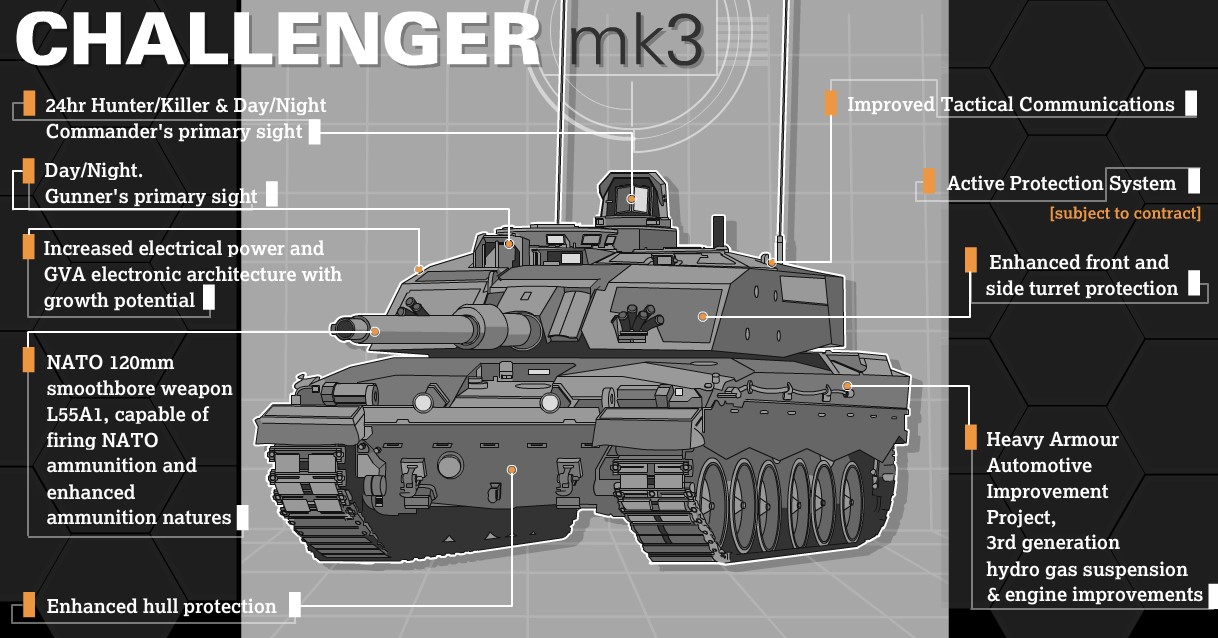Cold War: Approximately 1947 (due to U.S. President Harry Truman’s Truman Doctrine) to 1991 (Operation Desert Storm, collapse of Soviet Union).
In the early 1970s Imperial Iran placed big orders for two tanks; the British Chieftain Marks 3 & 5, and the U.S. M60A1. In the mid-1970s Iran decided to buy an upgraded Mark 5 Chieftain, which became known as FV4030/2 Shir (Lion). By 1978, Iran had almost 1-thousand types of Chieftain tanks, but wanted even more improved versions.
As luck would have it, the British had been developing a new type of armor in a place called Chobham on Surrey Health, in Surrey, England. The new armor would be called Chobham.
In June 1976, the United Kingdom’s Secretary of Defence ordered the Royal Ordinance Factory (ROF) to upgrade the current production of Chieftains for Iran (becoming known as Mark-1-Shir/Shir-1) to the new Chobham armored Mark-2-Shir/Shir-2. The U.K.’s The British Army (known officially since 1707, after the supposed union of Scotland and England) was not concerned about their own Chieftains’ lack of armor protection, because they were focused on a new tank project called MBT-80. The Iranians placed an order for 1-thousand-225 Shir-2s!
The new ‘Chieftain’ was created, FV4030/3, given the Farsi name Shir-2 (Lion-2).
Production of Shir-2 was to commence in 1979/80, however, something called The ’79 Revolution took place in Iran, and as a result the new Iranian government cancelled the order for Shir-2, and anyway, both the United States and United Kingdom halted weapons sales to Iran. It should be noted that during the 1980’s Iran-Iraq War, Iran discovered that the Chieftains and Lion-1s could not handle prolonged combat in desert environments.
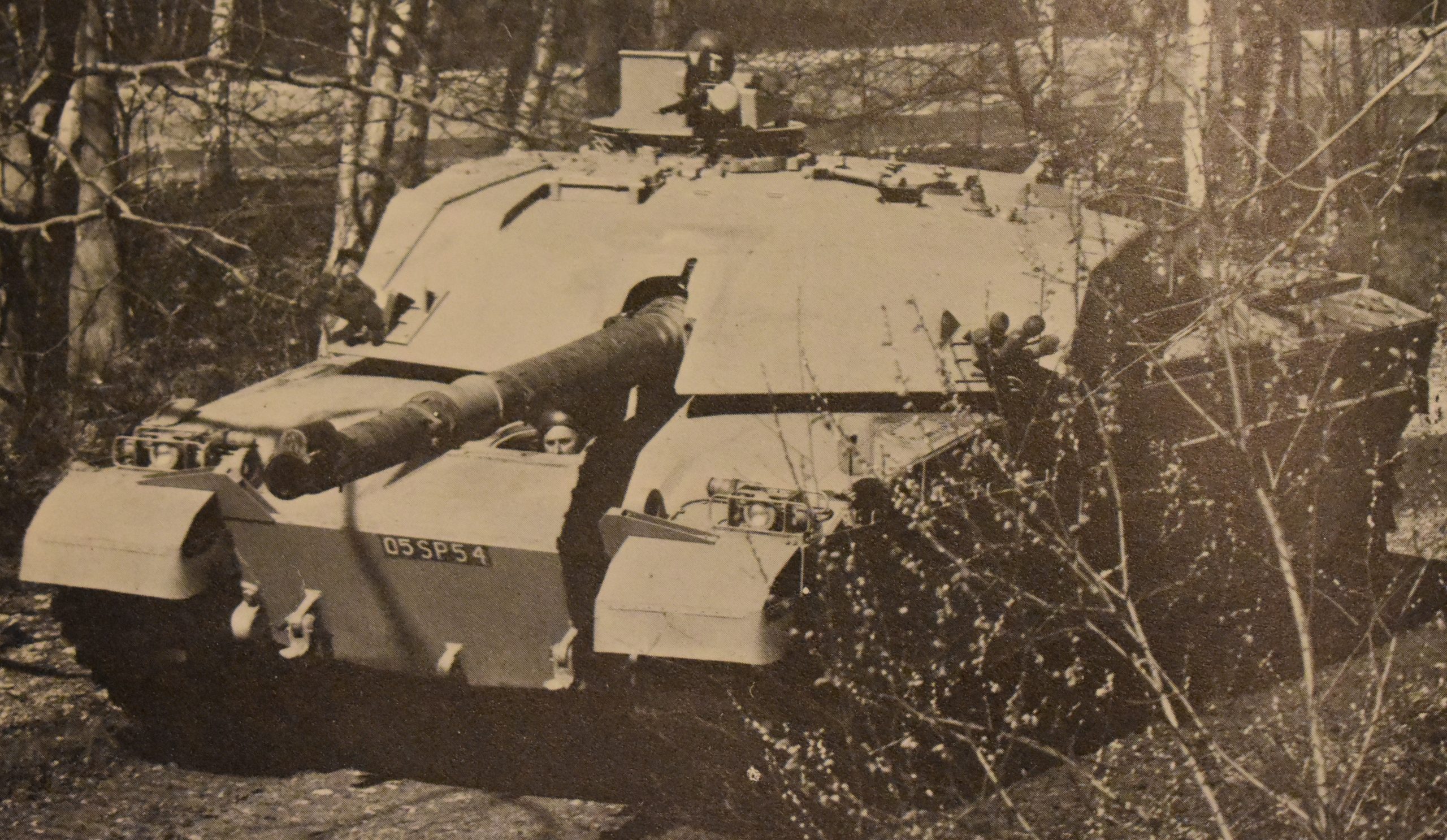
Mark-2-Shir/Shir-2, never delivered to Iran due to sanctions imposed after the ’79 revolution. U.K. Ministry of Defence-Crown photo.
What was ROF to do with all those Lion-2s it was building for Iran? Luckily, the U.K. government was aware that the old Chieftain was far behind other new NATO tanks such as the U.S. M1 Abrams and German Leo-2, the MBT-80 project was having too many problems and was canceled, so they decided to spend the taxpayer’s pounds (at a cost in USD of 1.5-million in 1987 money) on the already in production Lion-2, but changed the name to FV4030/4 Challenger (keeping in the British tradition of naming their battle tanks with words that start with the letter C). With some internal changes from the Shir-2, the Challenger entered service in 1983.
In 1986, ROF was taken over by Vickers Defence Systems/Alvis Vickers.
The Challenger has the L11A5 120mm riffled-bore main gun.
Operation Desert Storm: 17JAN1991–28FEB1991, known as Operation Granby to the British, it was the combat debut of Challenger.

A Challenger during Operation Desert Storm, 28FEB1991. U.S. Navy photo by Chief Petty Officer Holmes.
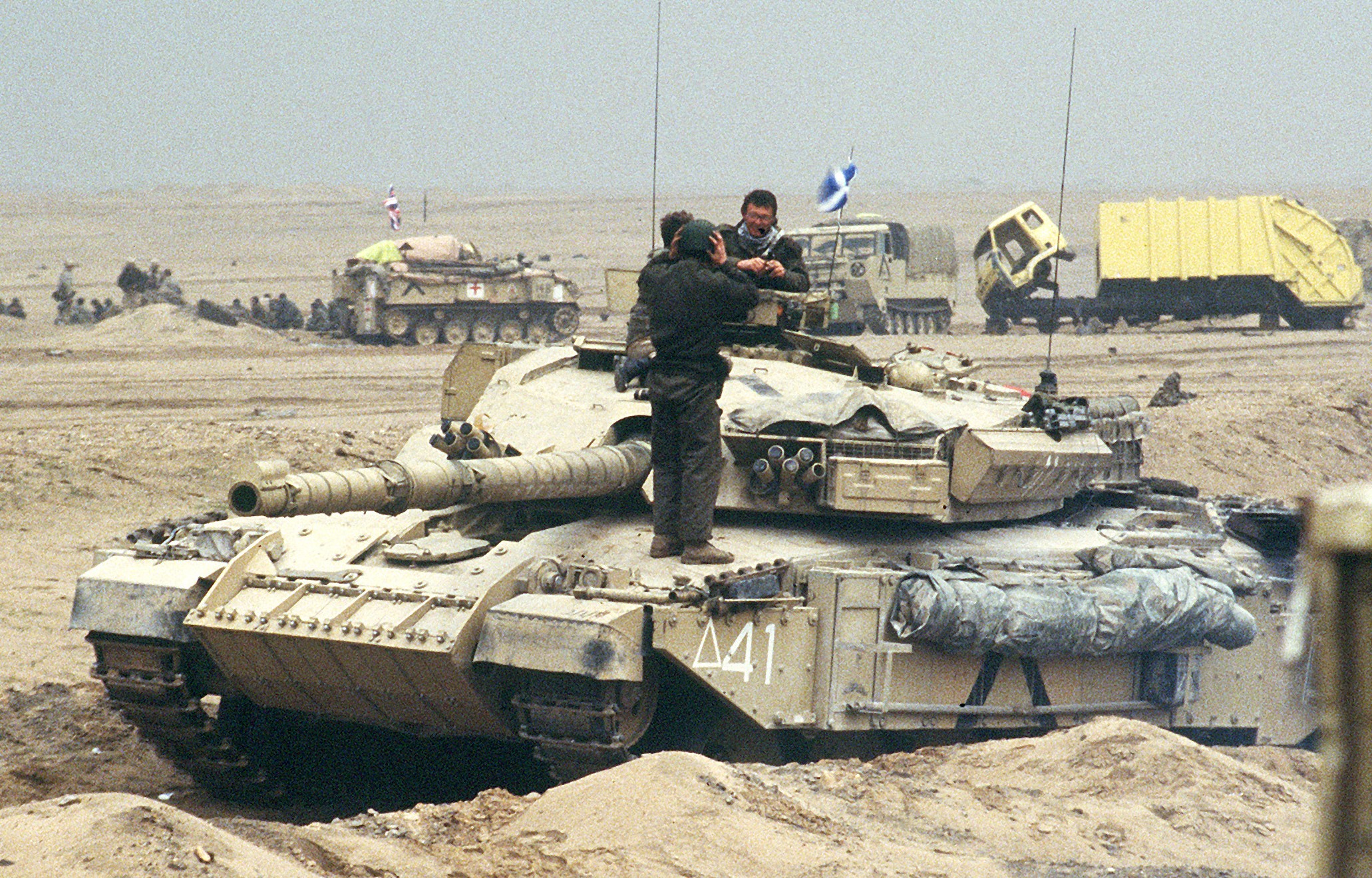
A Challenger during Operation Desert Storm, 28FEB1991. U.S. Navy photo by Chief Petty Officer Holmes.
Implementation Force (IFor), Bosnia-Herzegovina: 20DEC1995 to 20DEC1996.
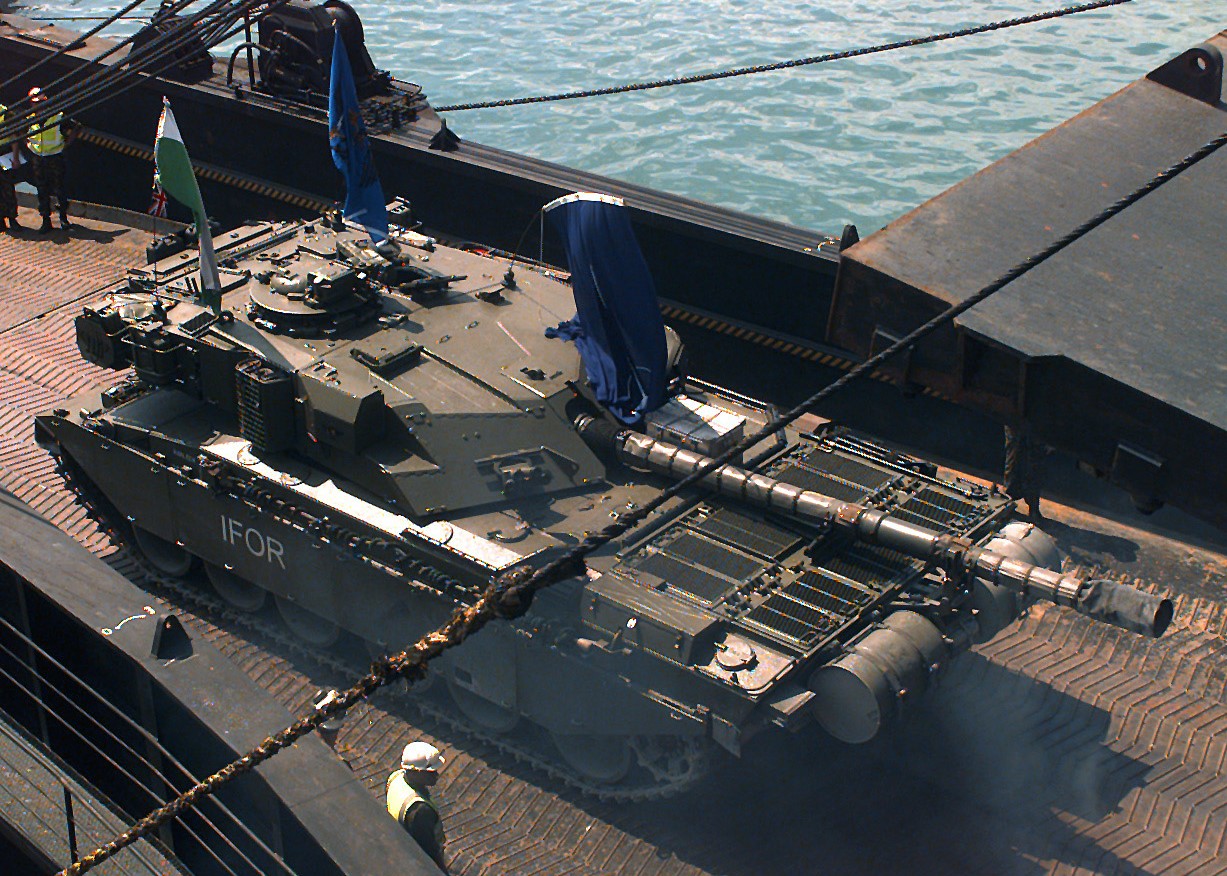
A Challenger is off-loaded from a Russian cargo ship, Vladimir Vaslyaev, in Croatia, reporting for IFOR duty in Bosnia-Herzegovina, 23JUN1996. U.S. Army photo by Sergeant Brian Gavin.
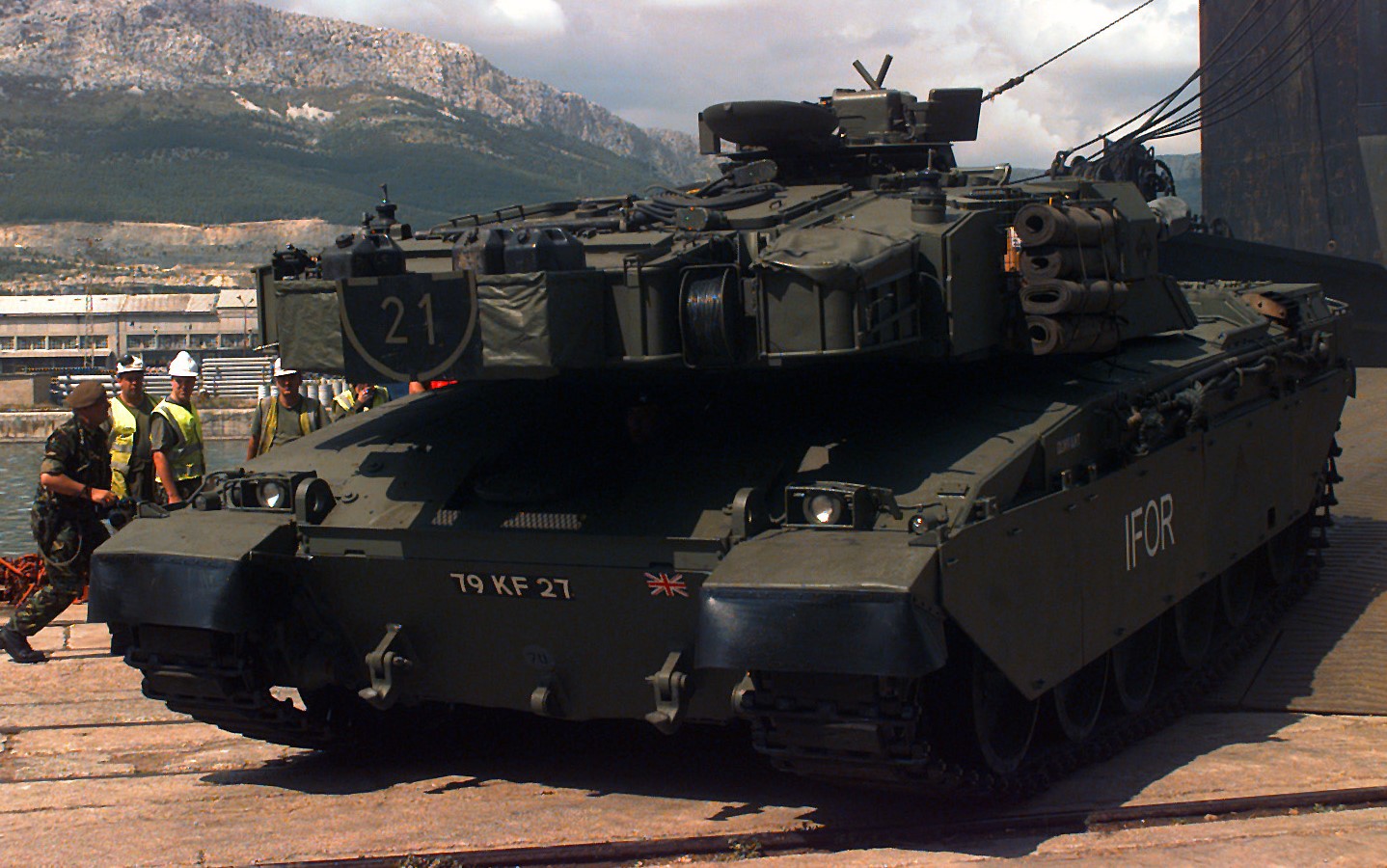
A Challenger is off-loaded from a Russian cargo ship, Vladimir Vaslyaev, in Croatia, reporting for IFOR duty in Bosnia-Herzegovina, 23JUN1996. U.S. Army photo by Sergeant Brian Gavin.
Stabilization Force (SFor), Bosnia-Herzegovina: January 1997 to December 2004.

Bosnia-Herzegovina, 1997. Photo via The British Army’s National Army Museum, photo by Richard Stickland.
Already in 1986, Vickers Defence Systems (eventually taken over by BAE Systems) began work on a better Challenger, due to its lack of performance against the M1 Abrams and Leo-2. Production began in 1993. In 1994, the first production Challenger-2 failed to pass the acceptance trials, changes had to be made on the production, but the tank finally entered service in 1998. FV4034 Challenger-2 is an improved version of Challenger, with a newly designed turret and the 120mm L30A1 rifled-bore main-gun. 97% of the tank is new and almost none of the parts can interchange with the old Challenger.
Never ending UN/NATO ‘Peacekeeping’ in Bosnia-Herzegovina and Kosovo (KFor), June 1999 to present.
By 2002, the last production Challenger-2 was delivered, just in time to invade Iraq.
Invasion of Iraq/Operation Iraqi Freedom: March 2003, combat debut of Challenger-2, known as Operation Telic to the British.
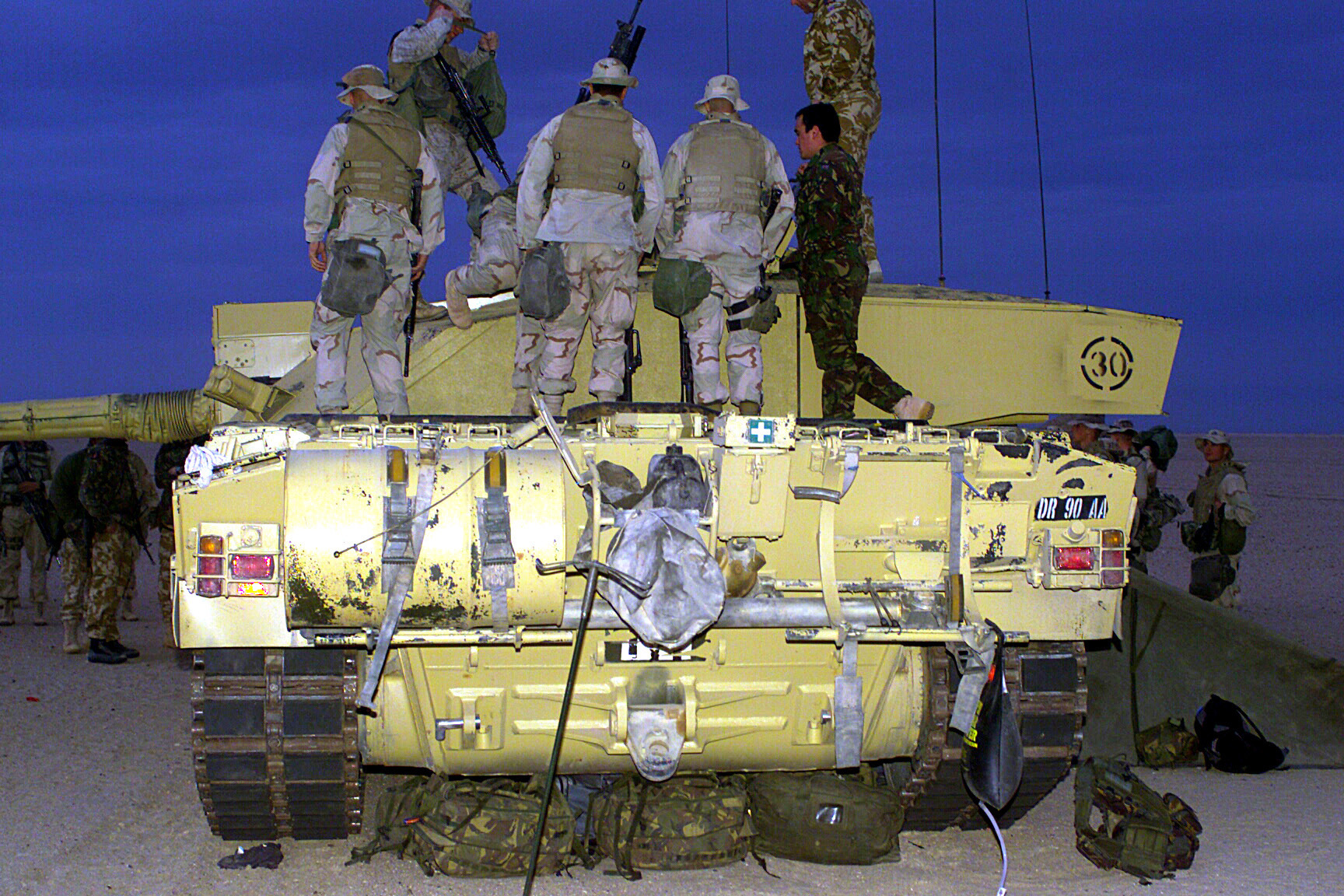
U.S. Marines check out a Royal Red Coat Challenger-2, staged on Camp Coyote, Kuwait, for the ‘done-deal’ invasion of Iraq, 03MAR2003. U.S. Marine Corps photo by Sergeant Paul L. Anstine the Second.
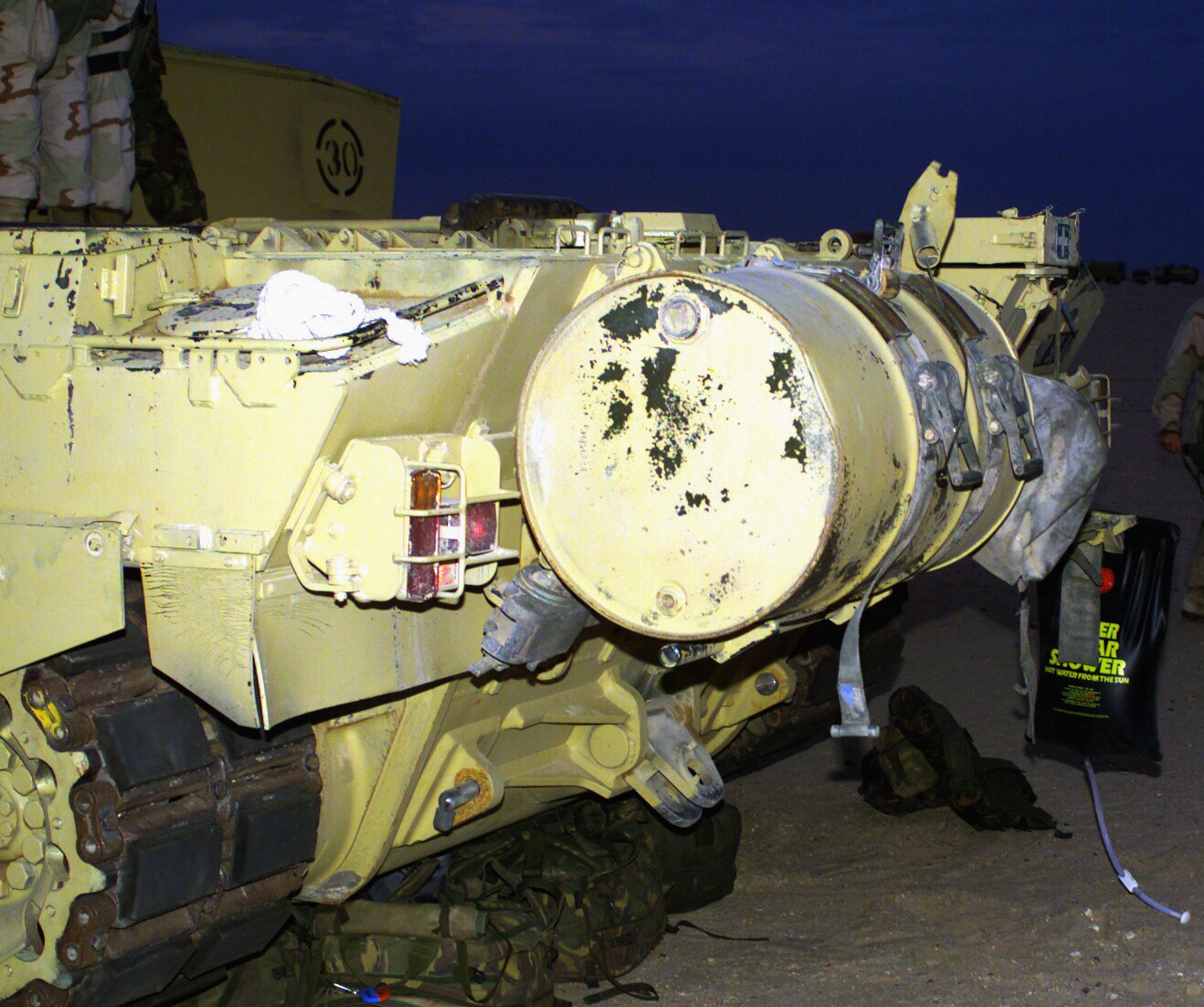
External fuel drum on a Challenger-2, staged on Camp Coyote, Kuwait, for the ‘done-deal’ invasion of Iraq, 03MAR2003. U.S. Marine Corps photo by Sergeant Paul L. Anstine the Second.
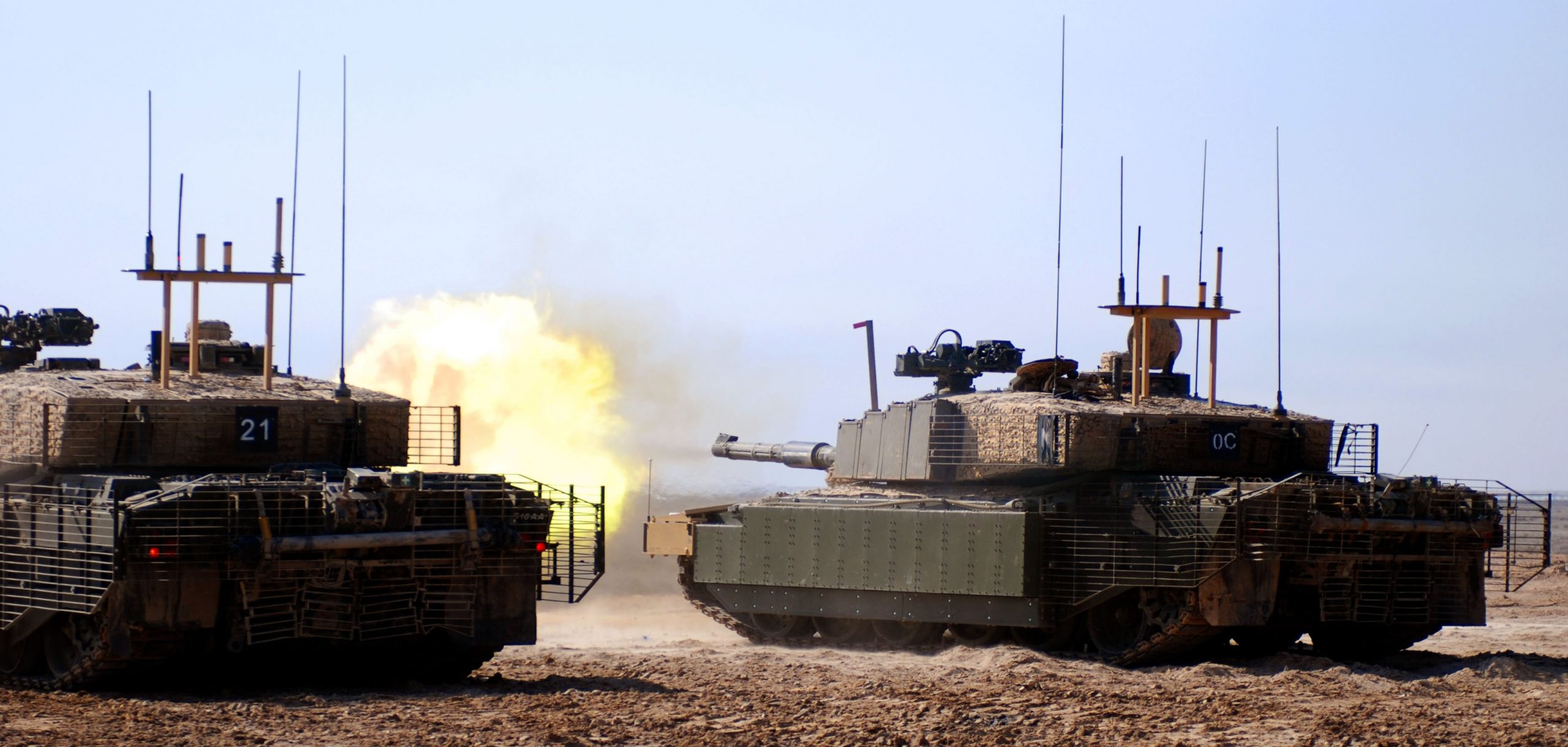
Weighed down by extra armor and electronic anti-IED devices, Challenger-2s practice some live-fire in Basra, Iraq, 17NOV2008. U.S. Army photo by Sergeant Gustavo Olgiati.
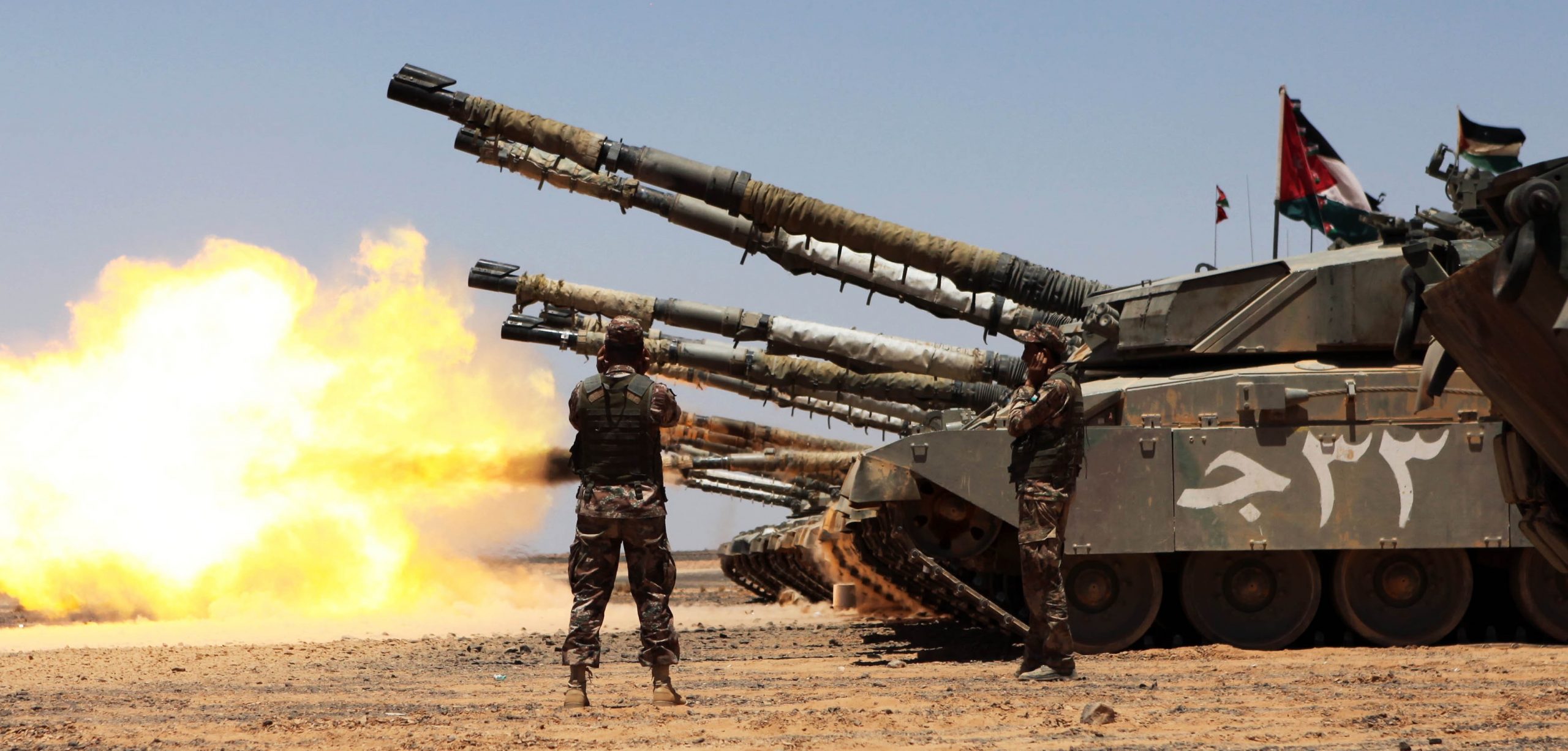
Jordanian Al Hussein (upgraded Challenger 1 FV4030/4). U.S. Marine Corps photo by Sergeant Richard Blumenstein, 07MAY2012.
(Vehicle I-D: JORDANIAN SHIELD اردني درع )
Ukraine Crisis: February 2014 (NATO backed coup) to present.
NATO video, demonstration of Challenger-2 on Sennelager Training Area, NATO-Germany, 15SEP2016:
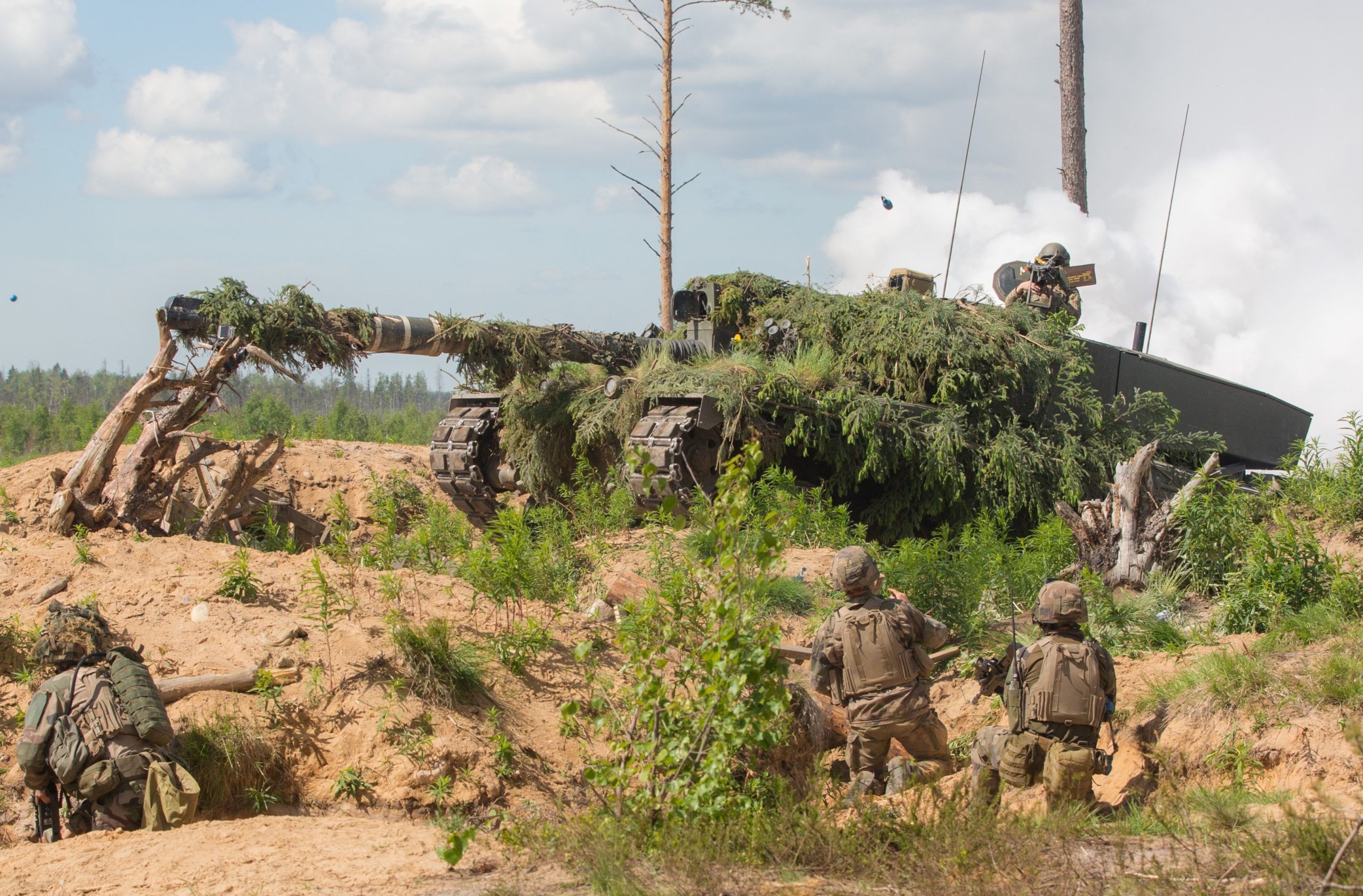
Challenger-2 during wargame in NATO-Estonia, 10JUN2017. U.S. Army photo by Specialist Matthew J. DeVirgilio.
U.S. Army video by Major Charles Calio, Challenger-2s mulling about on Sennelager Training Area, NATO-Germany, 16SEP2017:
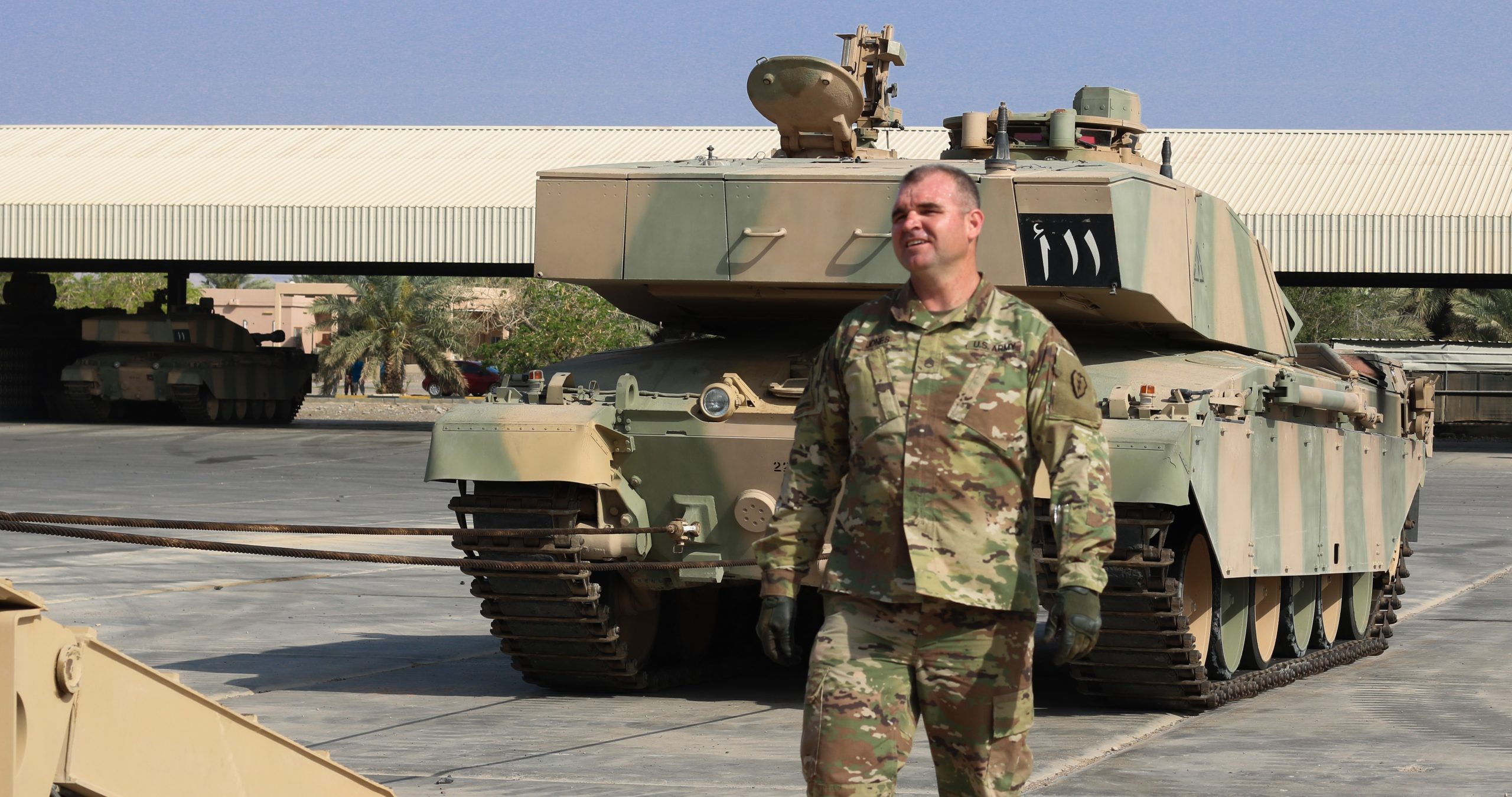
U.S. Army personnel help load a Royal Omani Challenger-2 onto a tractor-trailer/Tank Transporter, 06APR2019. U.S. Army photo by Sergeant Nahjier Williams.
NATO video of Challenger-2s showing off during wargames in NATO-Estonia (on Russia’s border), May 2019. Notice that some of the Challenger-2s are carrying NATO-Latvian pennants on their antenna:
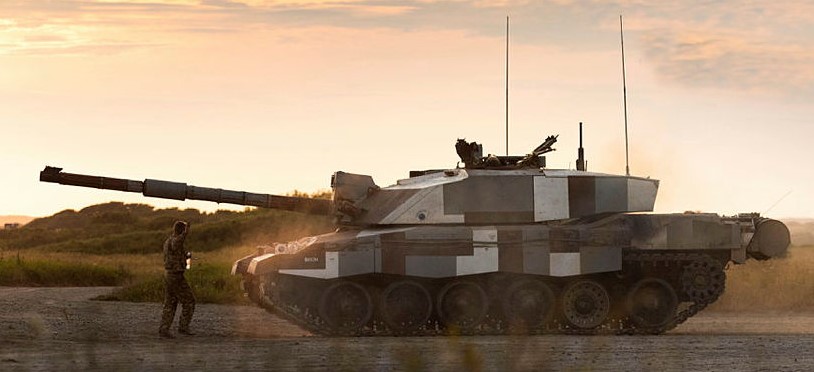
Challenger-2 on Castlemartin Ranges in South West Wales. It is wearing ‘Urban Camo’, developed during the Cold War while occupying West Germany/West Berlin. United Kingdom Ministry of Defence-Crown photo, 15JUL2019.
NATO video showing Challenger-2s during wargame in NATO-Estonia, May 2020:
NATO video by Paris Grabeel, showing Challenger-2 during wargame in NATO Estonia, February 2021:
Quick U.S. Army video, by Specialist Elizabeth MacPherson, showing Challenger-2 during wargame in NATO-Estonia, May 2022:
The United Kingdom’s BAE Systems-Team Challenger is upgrading the Challenger-2, in the hopes of keeping it service until 2035. Not all Challenger-2 are being upgraded, those that are not are being retired, or, as of 16JAN2023, “a squadron” of Challenger-2 s will be given away to Ukraine.
Challenger-3:
Challenger-2 s being prepped for intensive Mark-3-Challenger upgrade.
Cold War to Ukraine Crisis: 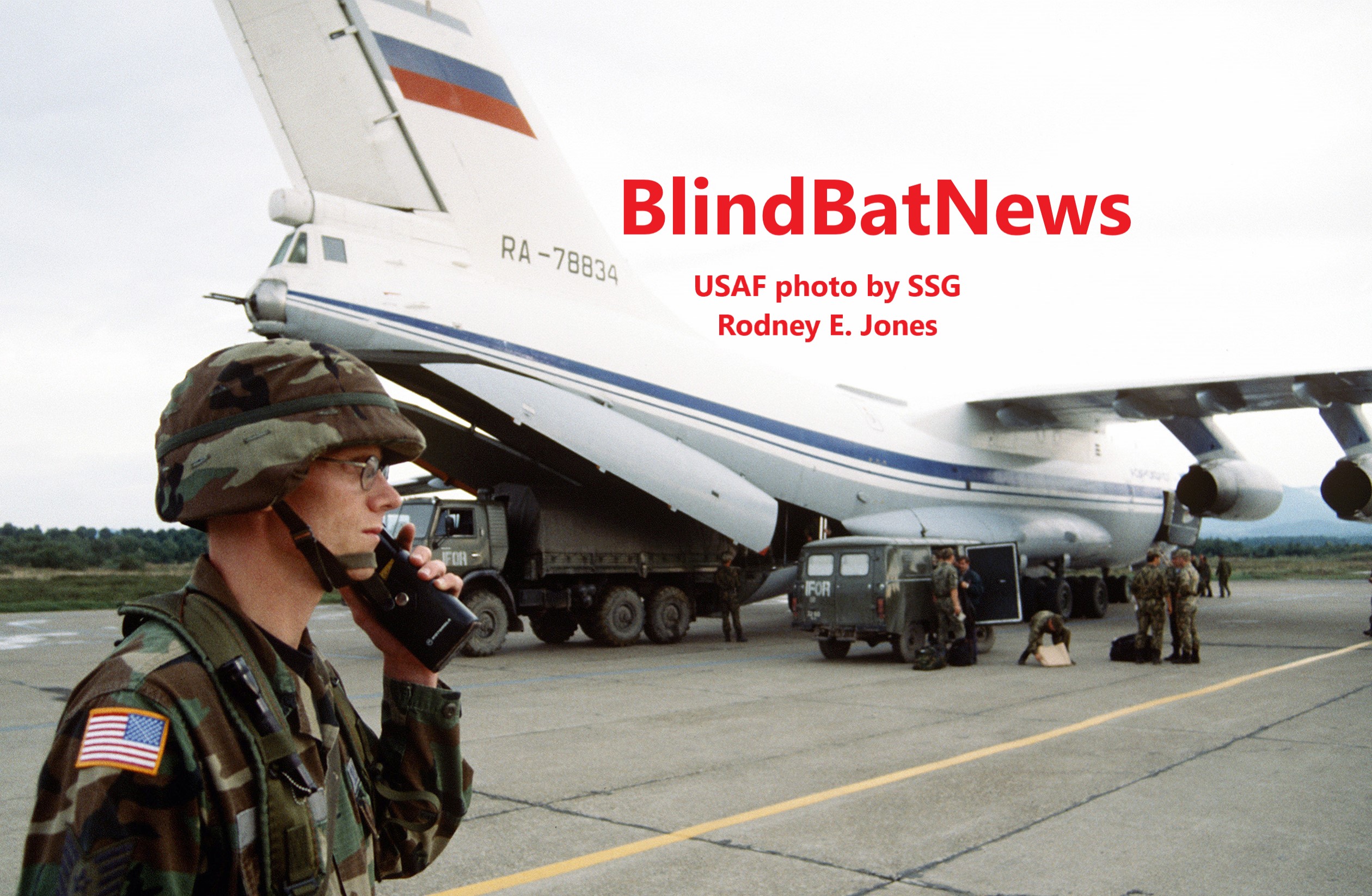 ILYUSHIN 76/78, RUSSIA & NATO?
ILYUSHIN 76/78, RUSSIA & NATO?
NATO Vehicle I-D: 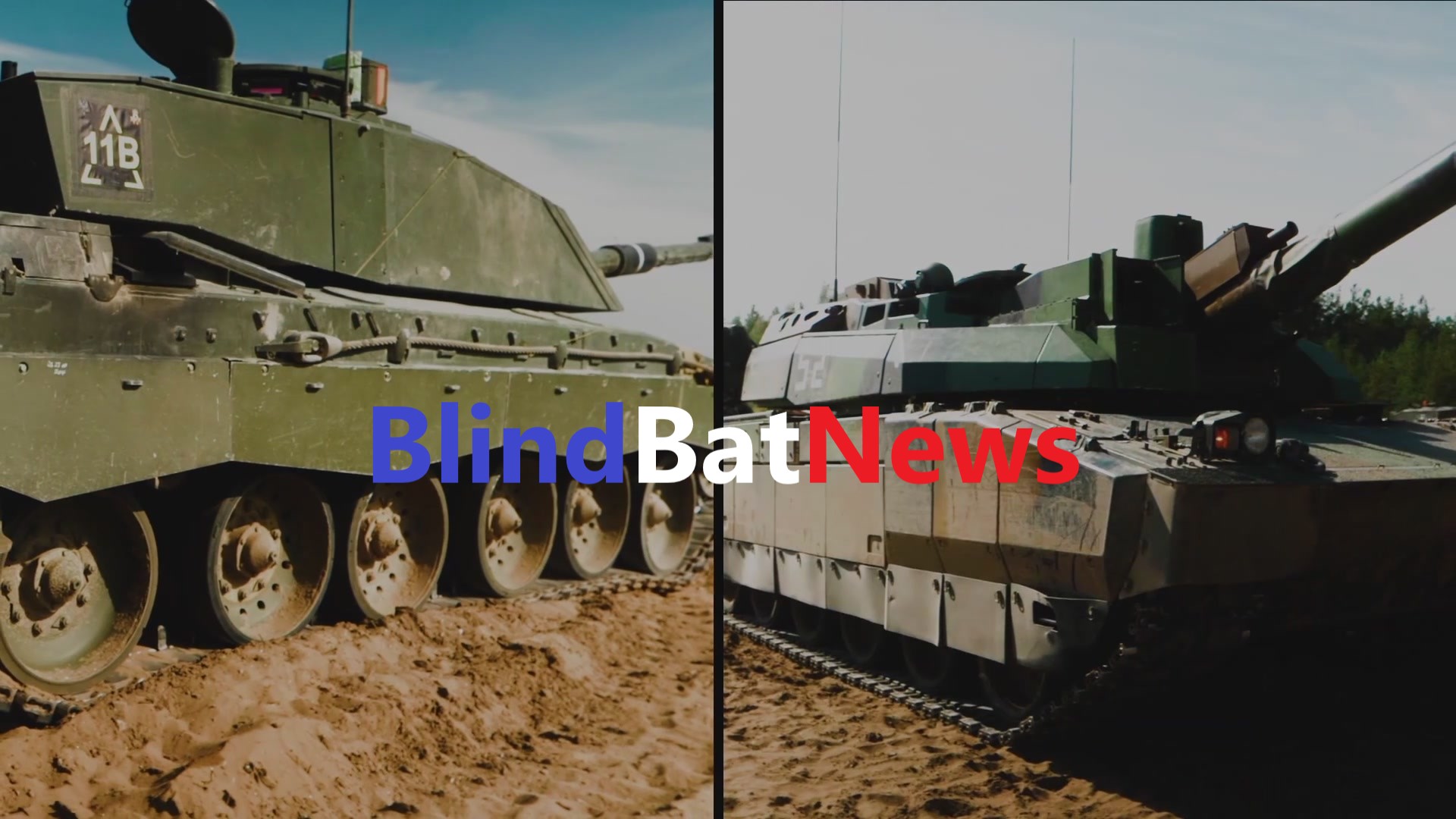 CHALLENGER-2 vs LECLERC
CHALLENGER-2 vs LECLERC
Occupation of Iraq: 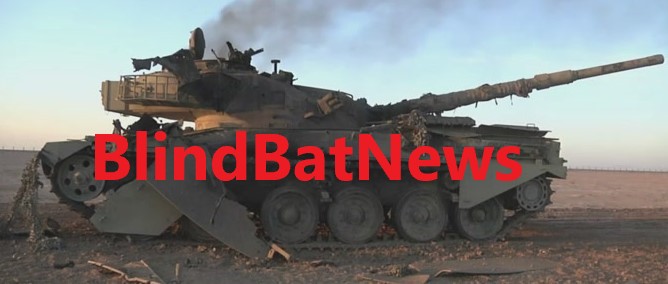 U.S. ARMY BLOWS-UP BRITISH MADE IRANIAN CHIEFTAIN (Shir?) IN IRAQ!
U.S. ARMY BLOWS-UP BRITISH MADE IRANIAN CHIEFTAIN (Shir?) IN IRAQ!

